Introduction
As you plan your garden for the upcoming year, why not consider adding some easy-to-grow fruit varieties to your plot? Homegrown fruits offer unbeatable freshness, flavor, and the satisfaction of enjoying the literal fruits of your labor. In this guide, we’ll explore the easiest and most rewarding fruit crops to grow in 2024, perfect for beginner gardeners or those with limited space.
Benefits of Growing Your Own Fruit
Growing your own fruit at home provides numerous benefits that make it a rewarding endeavor. Here are some key advantages:
- Cost Savings: A well-tended fruit garden or orchard can yield an abundance of fresh produce at a fraction of the cost from grocery stores. Many fruit plants are also perennials, producing bountiful harvests for years to come.
- Unmatched Freshness and Flavor: Fruits picked straight from your own plants simply taste better! The flavors are richer and more vibrant compared to store-bought fruits that are often picked unripe and built to withstand transportation and storage.
- Access to Unique Varieties: Beyond the standard supermarket selections, you can grow exotic or heirloom varieties of fruits with exceptional flavors, colors, and qualities that aren’t commercially available.
- Reduced Pesticide Exposure: When you grow fruits organically at home, you have complete control over what goes onto the plants. This allows you to minimize or eliminate chemical pesticides, enjoying a healthier, chemical-free harvest.
- Environmental Benefits: Planting fruit crops promotes biodiversity, reduces your carbon footprint from food transportation, and is an overall sustainable practice that’s gentler on the planet.
- Therapeutic Gardening Experience: The act of tending to plants has proven therapeutic effects. Gardening provides light physical activity, stress relief, and a profound connection to nature’s cycles.
Planning Your Fruit Garden
Before planting your fruit oasis, some key planning steps will ensure your edible garden’s success from day one:
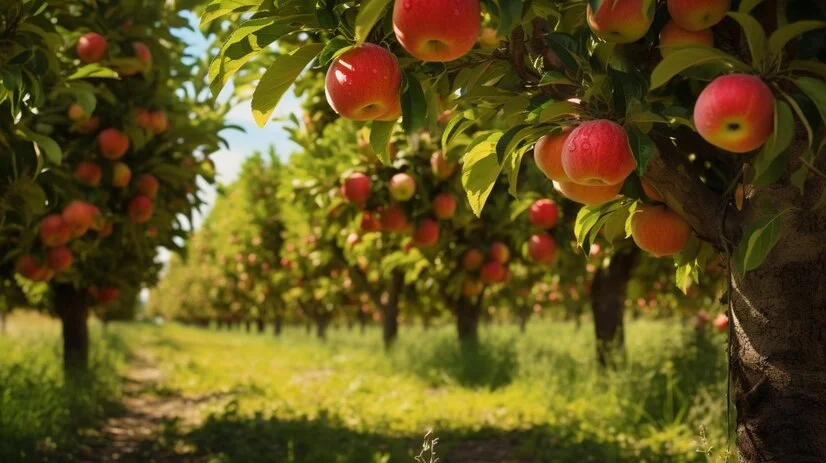
- Understand Your Climate: Research your local USDA hardiness zone and which fruit varieties thrive best in your climate conditions. Some need a minimum winter chill period to produce, while others require long, hot summers.
- Assess Sunlight Exposure: Most fruits require at least 6-8 hours of direct sun exposure per day to develop flavorful, sweet fruits. Carefully evaluate sunlight patterns in all areas of your yard to choose the optimal planting location.
- Prepare Soil Properly: Fruit plants perform best in well-draining, fertile soil amended with nutrient-rich compost or aged manure. Raised beds can improve drainage in heavy, dense soils.
- Consider Dwarf/Compact Varieties: If you have limited gardening space, choose dwarf or compact versions of fruit trees, bushes, and vines over standard-sized plants to maximize every square foot.
- Install Sturdy Support Structures: Many fruit crops, like grapevines, brambles, and some fruit trees will require sturdy trellises, fences or support structures to optimize growth and yields.
- Allow for Yearly Crop Rotation: To prevent soil-borne disease buildup, avoid planting the same types of fruits in the same spots each year. Rotate locations annually within your garden layout.
The 8 Easiest Fruits to Grow in 2024
Now, let’s explore 8 delicious, low-maintenance fruit varieties that are perfect for adding to your garden this coming year:
1. Strawberries
These versatile little fruits are among the easiest to start growing at home with excellent rewards. Follow these tips:
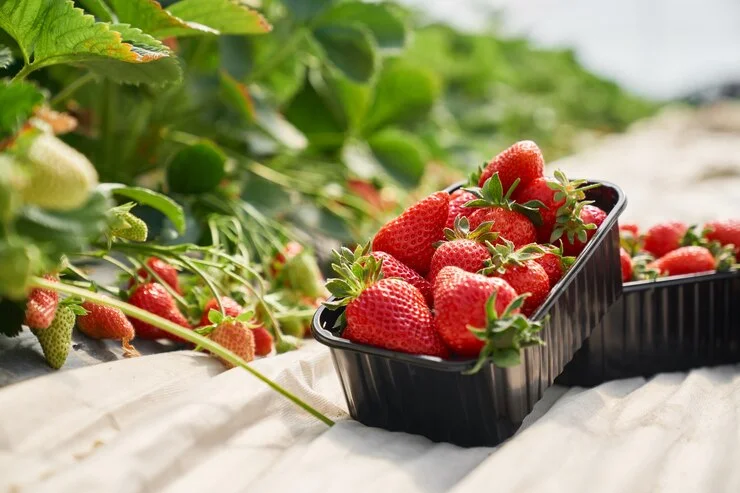
- Planting Times: Plant bare-root plants or runners in early spring as soon as soil can be worked. Or set out potted strawberry plants anytime between spring and mid-summer.
- Growing Needs: Strawberries need at least 6 hours of direct sun daily and well-draining, slightly acidic soil amended with compost or manure.
- Controlling Spread: Plants will readily send out new runners to start additional plants. Use barriers like burying landscape edging or planting through the holes in landscape fabric to contain spread.
- Protecting Fruit: Apply a 3-4″ layer of straw mulch under and around plants to keep developing fruits clean and prevent rot. Floating row covers also guard ripening berries against birds.
- Renewal Process: For June-bearing types, renovate beds annually by removing old, unproductive plants and rooting new runners to establish fresh plants.
- Varieties to Try: For June-bearers that crop once a season, try ever-bearing Allstar, Honeoye or Jewel. Everbearing types like Ozark Beauty and Seascape fruit over a longer period.
“Doubtless God could have made a better berry, but doubtless God never did.” – William Butler, 17th century writer
2. Blueberries
With just a little extra care in providing their preferred soil conditions, tasty, antioxidant-rich blueberry bushes can thrive for years in the home garden. Follow these tips:
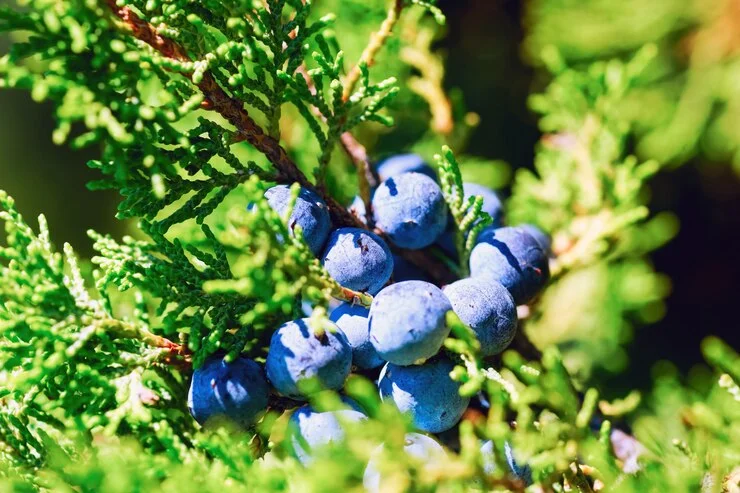
- Planting Requirements: Blueberries need consistent moisture and acidic, well-draining soil with a pH between 4.0-5.5. Amend garden soil by mixing in peat moss, pine bark or sulfur before planting.
- Sun Exposure: While they’ll tolerate partial shade, especially in hotter climates, blueberries produce the largest, most flavorful crops when they receive at least 6-8 hours of direct sun daily.
- Pruning Needs: Prune established blueberry bushes annually in late winter to remove any dead or crowded inner canes. This allows for ample light penetration and air circulation around large berries.
- Cross-Pollination: For larger yields, be sure to plant two or more different blueberry cultivars, as most varieties will not self-pollinate well on their own.
- Consistent Soil Moisture: Blueberries have shallow root systems, so take care to water plants during dry spells. Spread 2-4″ of mulch like pine straw to retain moisture.
- Suggested Cultivars: Try reliable cultivars like Bluecrop, Blueray, Duke, or Elliott for plump, sweet berries. For earlier crops, consider early varieties like Earliblue.
3. Raspberries
These delicious bramble fruits are vigorous growers once their root systems are established in your garden. Follow these tips for an easy, productive raspberry patch:
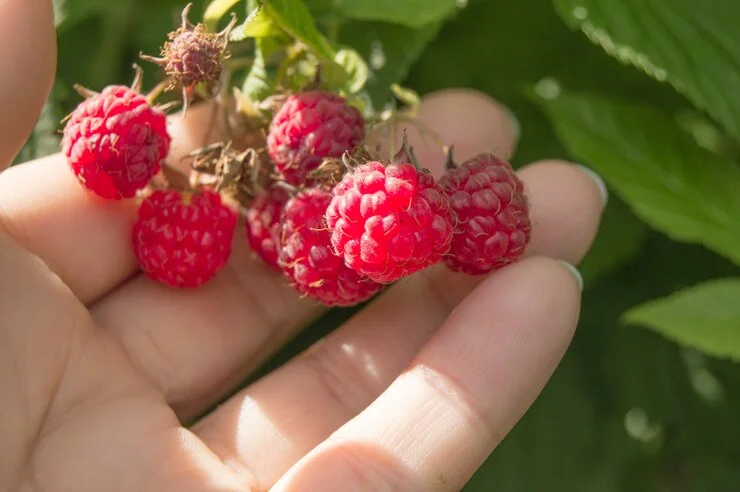
- Planting Times: Plant dormant, bare-root raspberry canes in early spring before they break dormancy.
- Choosing Types: There are primocane (fruits on new canes) and floricane (fruits on old canes) raspberry types. Primocanes are generally easier for beginner growers.
- Support Needs: Raspberries are naturally vining plants that will need sturdy trellises or fences to support their long, arching canes as they grow taller each season.
- Annual Pruning: Each winter, cut all primocane raspberry canes down to the ground. For floricanes, remove any dead canes after they have fruited for the season.
- Mulching and Watering: Apply a generous 3-4″ layer of organic mulch like woodchips or leaves around plants to suppress weeds and retain soil moisture. Keep raspberry roots consistently watered.
- Productive Primocane Picks: For summer crops of primocane types, try heritage red raspberry varieties like Prelude or Vintage yellow raspberries. For fall crops, consider Nantahala or Caroline.
4. Figs
Hardy, productive fig trees and bushes can thrive in many climates if planted in the right conditions. Here’s what these sweet fruits need:
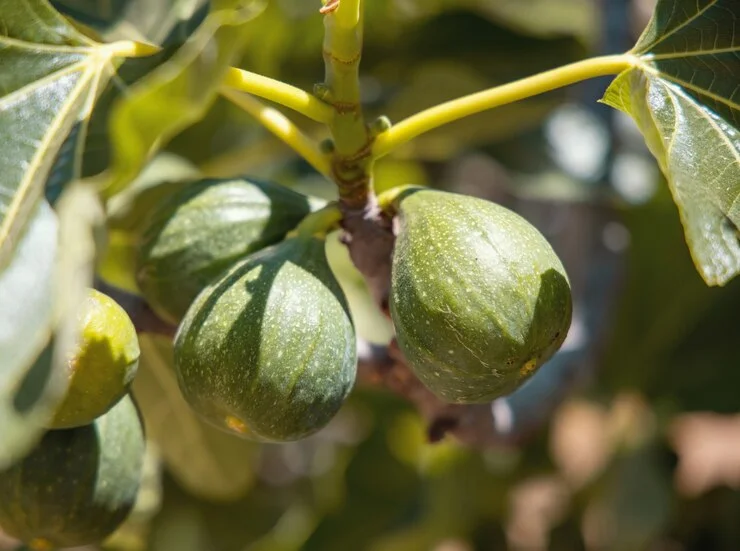
- Growth Habit and Size: Figs are naturally semi-dwarf, making them ideal for backyard culture or large container growing. At maturity, most only reach 10-15 feet tall.
- Environmental Needs: Figs want full sun exposure all day and very well-draining soil. Amend soil by mixing in compost, manure or sand before planting. Avoid low-lying areas.
- Support for Size: Though relatively small at first, established fig trees and bushes may need support from stakes or low trellises to hold heavy, drooping branches upright. This also prevents breakage.
- Pruning Tips: Figs only produce on the previous year’s wood. Prune lightly each winter by removing just any dead wood or crowding interior branches.
- Cold Protection: In colder climates, winterize figs by wrapping exposed trunks and branches, pruning back to 2-3 feet, and/or growing under cold frames or hot caps.
- Varieties to Grow: Brown Turkey types like Chicago Hardy Fig are classic. Also try Celeste for its sugar-sweet fruits, Desert King or LSU Purple figs.
5. Blackberries
As a close bramble cousin to raspberries, blackberries are another reliable edible crop for home gardeners. Follow these tips:
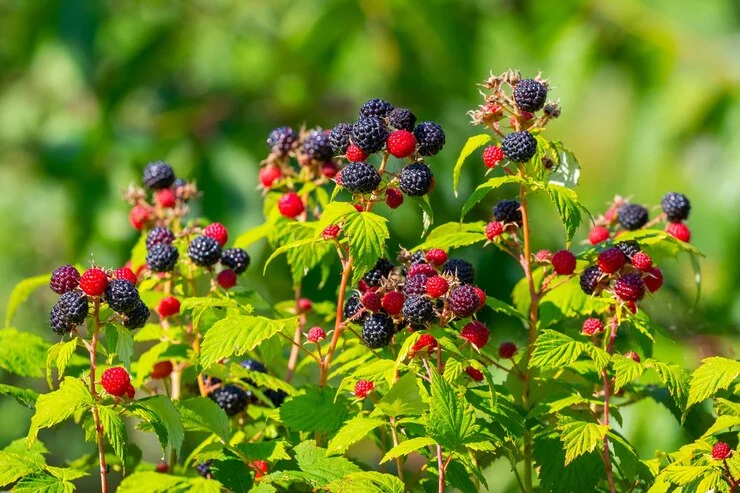
- Starting Plants: For best results, plant root cuttings, green stems, or dormant canes in early spring once soil is workable. Space plants 4-6 feet apart in rows.
- Trellising Needs: Like raspberries, blackberry canes are naturally trailing vines that require a sturdy trellis or fence to keep them upright, tidy and productive.
- Annual Pruning: Using pruners, remove dead or damaged canes each spring before new growth emerges. After fruiting, remove old canes that just fruited.
- Water and Mulch: Blackberries need consistent moisture equivalent to 1-2″ of water per week in the growing season. Apply 4″ of mulch like woodchips.
- Cold Hardiness: Most blackberry types are more cold-hardy than raspberries. However, wind protection and wrapping canes can further protect plants over winter.
- Thornless Cultivars: For easier, pain-free picking, look for high-yield thornless blackberry cultivars like Natchez, Apache, or Triple Crown. Thorny classics include Kiowa.
6. Grapes
Few fruits are as romantic and idyllic as growing your own lush grapevines! With some basic trellising and pruning, grapes are an attainable backyard crop.
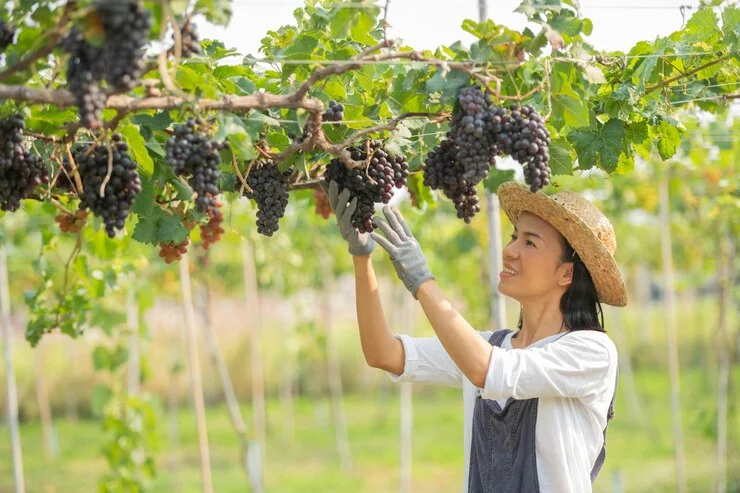
- Exposure and Site: Grapes require at least 7 hours of direct sun exposure daily. Plant new vines on a protected, sloped site with good air flow and drainage.
- Pruning Basics: Grapes produce fruit on new shoots from one-year-old cane wood. Late winter, prune vines to have just a few main trunks and cordons with short cane sections.
- Trellis Structures: Several trellis systems, like vertical shoot positioning or high wire cordon designs, allow healthy upward growth and fruiting of vines.
- Soil Prep and Spacing: Before planting, amend soil by mixing in compost and ensure proper spacing between rows (8ft) and vines (6-10ft apart).
- Support and Protection: As vines establish and mature, moveable bird netting prevents critters from stealing your grape harvests. Wrapping trunks protects from winter injury.
- Cultivars to Try: Cold-hardy American and French hybrid grapes like Concord, Niagara, Reliance and Mars work well across many climates. Winegrapes also possible in ideal sites.
7. Dwarf Citrus Trees
Have you dreamed of plucking fresh oranges, lemons, or limes right from your own backyard tree? Potted dwarf citrus makes this idyllic fruit possible!
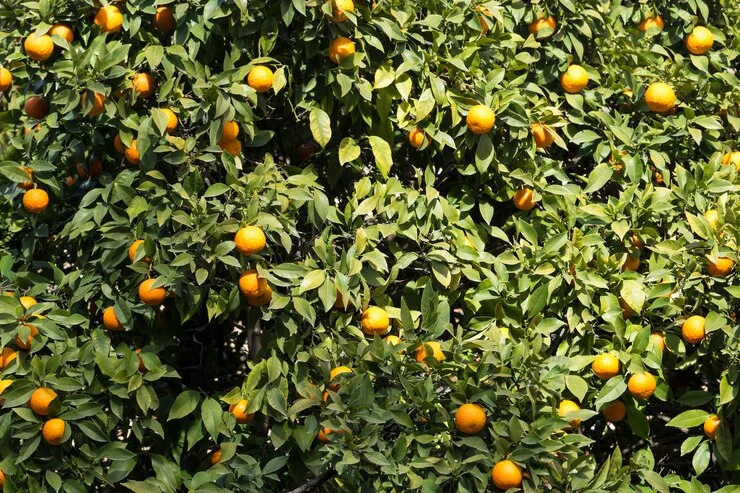
- Container Basics: Most dwarf citrus varieties can be container grown year-round or sunk into garden beds in warm climates. Use 15-25 gallon pots.
- Indoor vs Outdoor Citrus: In cooler climates, dwarf citrus can be grown outdoors only in warmest months and overwintered indoors near sunny windows.
- Ideal Temperatures: Citrus requires warm, humid conditions between 55°F-85°F to thrive and set fruit. Avoid drafts from windows/heaters.
- Pruning and Training: Prune dwarf citrus yearly to maintain size and open up centers. Stake and train limbs horizontally as they mature.
- Fertilizer Needs: Feed container citrus every 2-4 weeks during the growing season with balanced liquid fertilizer or specific citrus formulas.
- Pollination Boosts: While self-fruitful, hand pollination boosts yields. Use a soft brush to transfer pollen between flowers. Bees also help get the job done!
- Tangy Selections: Try bright lemons like Meyer or Ponderosa, sweet oranges like Valencia or Calamansi crosses like Buddha’s Hand Citron.
8. Melon Varieties
Is there anything that screams “the lazy days of summer” like a ripe, juicy melon fresh from the garden? Follow these melon growing tips:
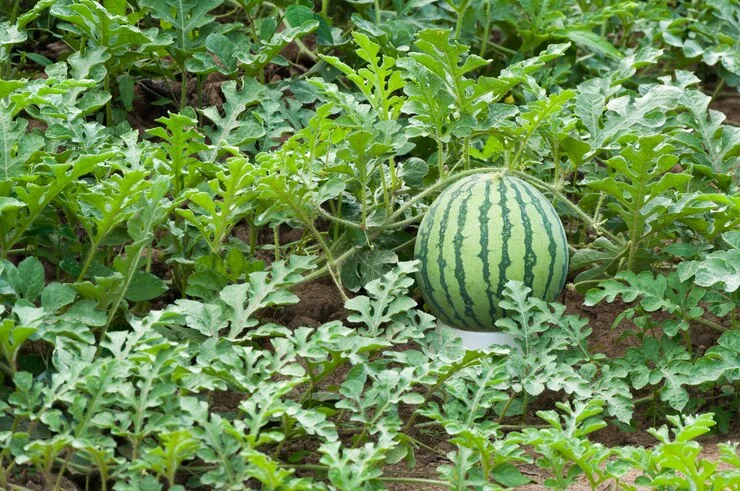
- Ideal Conditions: Melons like warm-hot temperatures between 70°F-90°F, full sun exposure, and nutrient-rich, well-draining soil amended with compost.
- Direct Seeding: As melons don’t transplant well, direct sow seeds outdoors after danger of last frost has passed and soil is thoroughly warmed to 65°F+.
- Space Requirements: Give each melon plant ample room – about 2ft spacing for bush types, 3ft for vines, and wider hills for sprawling varieties.
- Staking and Trellising: Provide small trellis or netting to allow melons to rest on for vining types. This prevents fruits from rotting on damp ground.
- Consistent Watering: Keep melon plants consistently watered, about 1-2″ per week. Dry soil or inconsistent moisture causes bitterness in fruits.
- Ripeness Clues: Melons “slip” or release from vines when ripe. Color change, a pleasantly musky aroma, and a slight give/softness are other signs.
- Tasty Selections: Grow classic melons like Hale’s Best Jumbo cantaloupe, flavorful Charentais, Sugar Baby watermelons, or Italian heirlooms like Casaba. Experiment!
Caring for Your Fruit Plants
In addition to the specific growing requirements covered for each fruit above, here are some general best practices for keeping your fruit crops healthy:
- Proper Pruning Techniques: Remove any dead, damaged or diseased wood annually. Prune trees and brambles to allow good light and air circulation. Consult guides for proper pruning times and methods.
- Consistent Watering: Most fruits need about 1-2″ of water weekly when planted in the ground, adjusting for rainfall. Soaker hoses or drip systems work great. Water potted plants more frequently.
- Fertilizing Routine: Feed plants with balanced organic fertilizers, compost, or fruit-specific formulas following product instructions. Time this for early spring and post-bloom.
- Protecting from Pests Naturally: Count on beneficial insects as allies against common fruit pests. Row covers, reflective mulches, and organic sprays also work wonders. Only use chemical controls as a last resort.
- Supporting Vines & Training Trees: Sturdy trellises, stakes, espaliers, or fences are critical for guiding the growth and maximizing yields of grapes, bramble fruits, and espalier-trained fruit trees.
- Fall Cleanup: After harvests, remove any dropped fruit and leaf debris from planting areas. This prevents overwintering pests or diseases and gets plants ready for cold weather.
- Prepping for Winter: In colder climates, apply thick mulch around bases of fruit plants, wrap trunks and trellises, and winterize tender fruits like figs under cold frames or hot caps.
People Also Ask
What fruits are easiest for beginners?
Some of the easiest fruit plants for beginner gardeners include strawberries, blueberries, figs, blackberries, raspberries, and easier melon varieties like watermelon. They have relatively few pest/disease issues and don’t require extensive pruning or maintenance to produce crops.
How do you keep fruit plants pest-free naturally?
Use row covers to block pests, incorporate companion plants that deter insects, apply organic sprays like neem oil, kaolin clay or garlic mixtures, and encourage beneficial insects and birds to help control problematic bugs. Avoid harsh chemical pesticides.
Do fruit plants need full sun?
Most fruit crops require at least 6-8 hours of direct sunlight per day to produce optimal yields of sweet, flavorful fruits. Some more shade-tolerant fruits include blackberries, raspberries and certain blueberry varieties that can get by with 5-6 hours of sun.
How long until you can harvest fruit after planting?
It depends on the fruit type. Typically, cane berries like raspberries can produce fruit within 1 year of planting. Stone fruits like peaches may take 2-3 years before yields. Long-term

